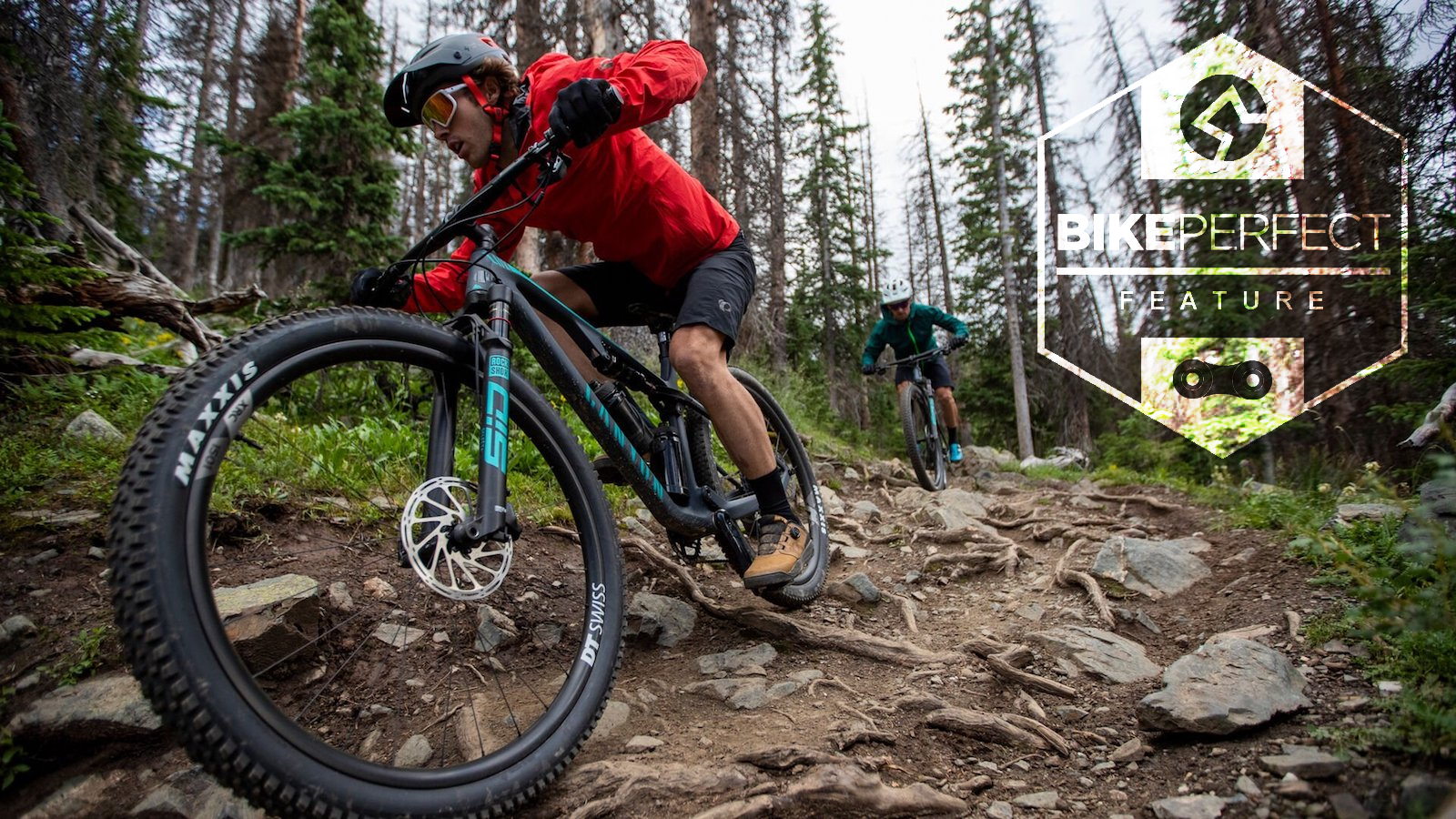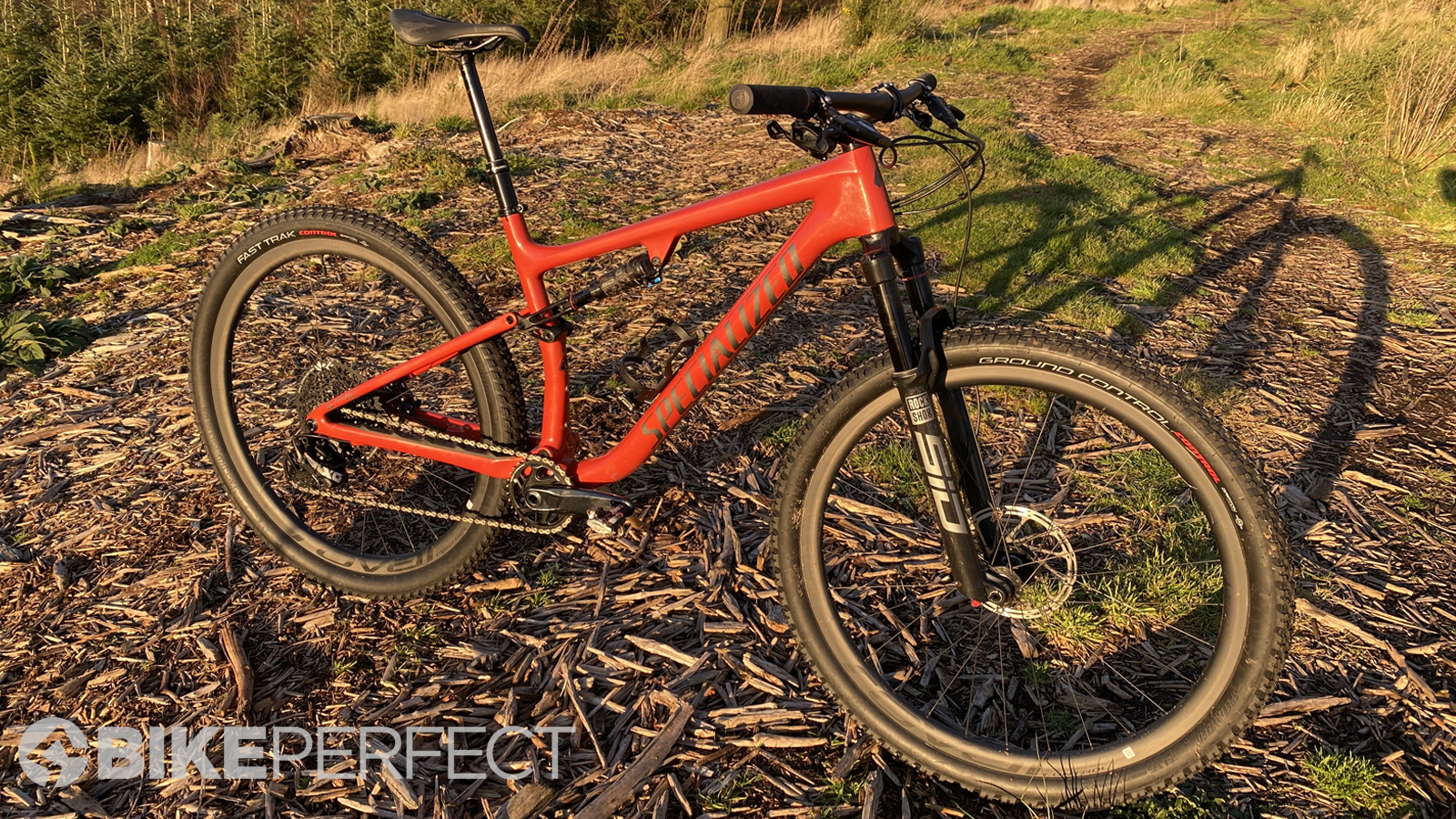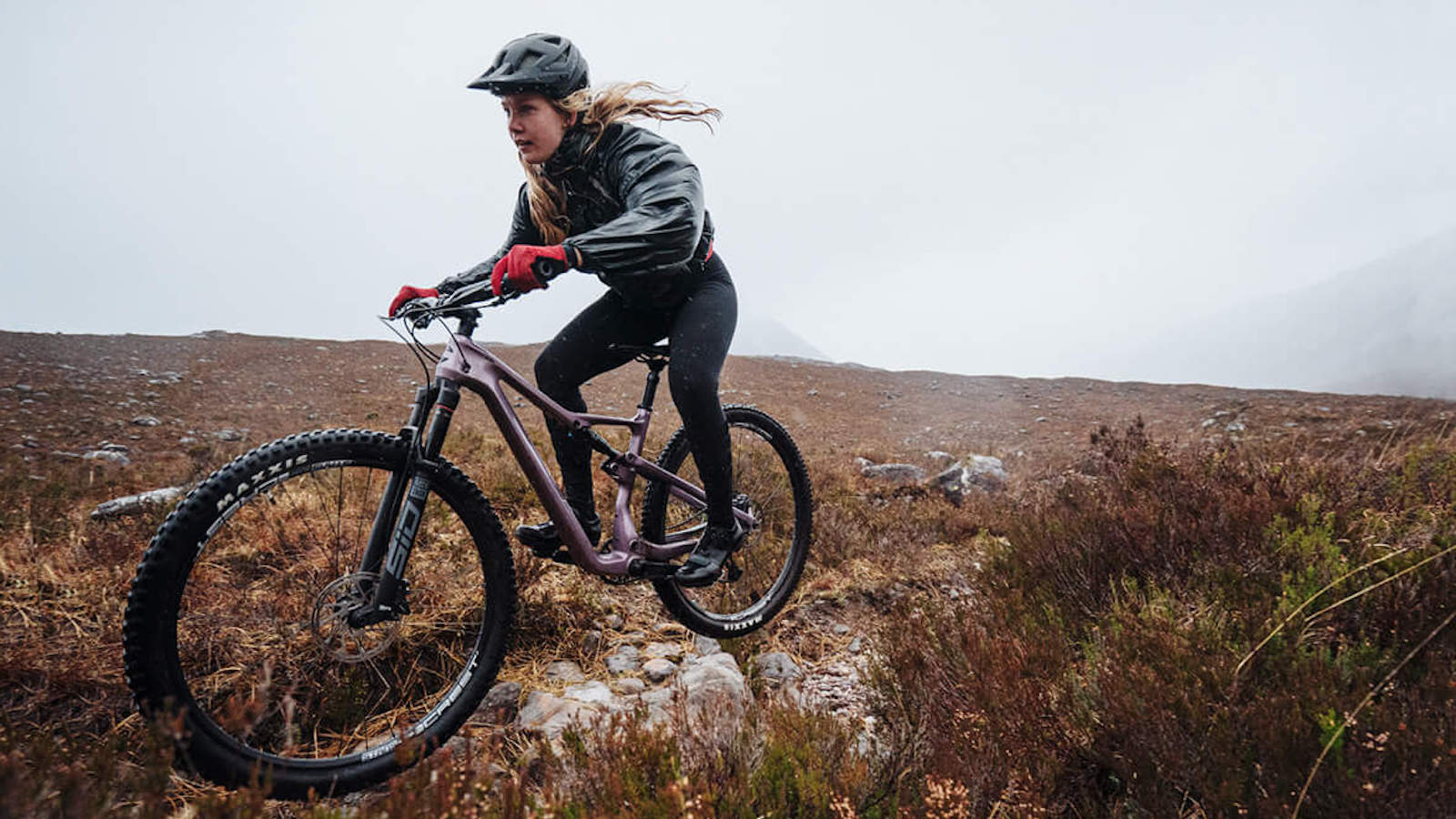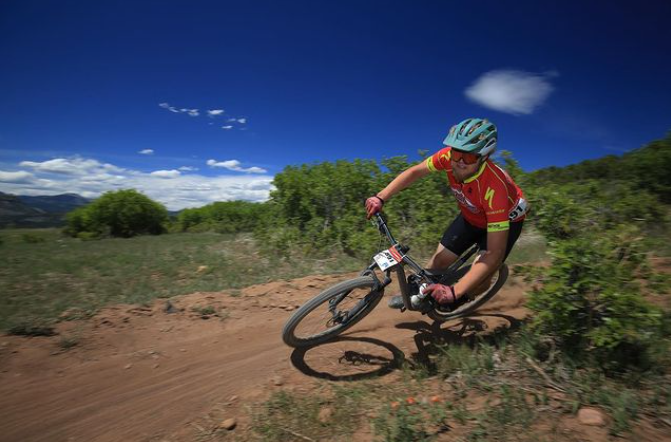Downcountry bikes: Everything you need to know
Downcountry bikes are short-travel full-suspension bikes that are light and efficient, yet outfitted for enhanced downhill performance. Here is our definitive guide to this new bike category

For the most part, mountain bike categories are well-established. Most mountain bikers will be able to define a cross-country mountain bike, for example. Even the enduro mountain biking category, which only gained real popularity over the last eight years, is basically common knowledge now.
With that being said, change is constant in the mountain bike industry. What we now call a cross-country bike was unimaginable in the '80s and '90s. Enduro is perhaps the latest industry-defining change - aside from the best electric mountain bikes - and that was more of a re-branding of long-travel single crown bikes, thanks to an emerging racing discipline.
If you’ve been paying attention to the mountain bike world in the past couple of years, you’ve probably heard another term: downcountry. What on earth is downcountry? If you pull apart that word, it’s like a merging of downhill and cross-country, but this new type of downcountry bike has much more in common with the DNA of cross-country bikes than downhill bikes.
Put simply, a downcountry bike is a cross-country bike that’s been modified to perform better in more trail situations, blurring the lines between a pure-bred cross-country racer and a trail mountain bike. There are two primary features that make this possible: modern geometry as well as component selection.
Before we dig deep into the technical details about these bikes, it’s helpful to look back a few years and see where this trend came from.
History of downcountry bikes
Cross-country bikes have traditionally been rather conservative in their design, intended to be as efficient as possible on climbs and smoother trails. However, in the past ten years, cross-country race courses have gotten increasingly difficult, demanding more from the bikes and riders. For instance, this time frame has seen the near-ubiquitous adoption of 29-inch wheels and full-suspension bikes.
At the same time, engineers have been learning how to make trail, enduro, and downhill bikes better and faster by modifying their geometry. Mondraker is credited with kicking this trend off with its ‘Forward Geometry,’ which was a long reach combined with a short stem. This has culminated in bikes that are longer, slacker, and lower to the ground.
While both of these trends sped along, some bikes began to emerge that used a short-travel cross-country platform but rode much differently than a traditional race bike. Nobody knew what to call them, but the downcountry moniker eventually took off.
From what we can tell, the first person to use the downcountry name was Mike Levy at Pinkbike.com. In a 2018 column, Levy defined downcountry bikes as “an emerging category of mountain bike that's a strange, hard to define fusion of cross-country, trail, and possibly even the all-mountain segments.” He points to the 2013 Kona Process 111 DL as an early example of a short-travel full-suspension bike that is more comfortable on high-speed sections and technical terrain than a pure XC bike.
Now, downcountry has taken hold of the industry and has almost become an official bike category. Don’t believe us? Even big brands like Trek have capitalized on the trend and have a downcountry page on their website. As Trek sees it: “If you want a full suspension MTB that’s both efficient and ready to party, you need a downcountry mountain bike. They’re XC bikes with a trail bike soul, making them light and fast yet wildly fun when tackling burlier descents and gnarlier terrain.

Downcountry geometry and specs
Now, let’s look at what makes a downcountry bike different from a regular cross-country bike. For comparison, the BMC Fourstroke is an example of a cross-country bike. It was just ridden by Tom Pidcock in the Tokyo Olympic Games, where he won the gold medal. The Fourstroke has a head angle of 67.5-degrees, a reach of 465mm and a wheelbase of 1,180mm (size L). It also has 100mm of travel both front and rear.
One of the more popular downcountry bikes at the moment is the Specialized Epic EVO. The Epic Evo uses the same geometry as the regular Epic race bike, but the Evo model gets a 120mm fork upfront. The increased travel tips the head angle back to 66.5 degrees, which is 1-degree slacker than the regular Epic. A slacker head tube leads to more stability, especially at higher speeds.
But as our review of the Epic Evo states, it isn’t even the most radical downcountry bike in terms of geometry. The NS Synonym TR 1, featuring 120mm of travel, has a 66-degree head angle and extends reach to 490mm, which is longer than some enduro bikes.
Geometry is essential, but it means little if a bike has the wrong components bolted to it. For starters, downcountry bikes should have at least 120mm of fork travel. Popular choices at the moment are forks like the RockShox SID or Fox 34 Step Cast.
There is a whole range of possible tires that work for downcountry riding, but the essential element is that the rims and tires are wider than traditional XC hoops. Tires should measure around 2.3-2.5in wide, and a great combination is a chunkier tire in the front combined with a faster rolling tire in the back.
A component that makes or breaks a downcountry bike is a dropper seat post. The best dropper posts allow the saddle to drop out of the way on descents or technical sections, leading to more confidence in hard terrain. Downcountry bikes are designed to go faster on downhills than regular XC bikes, so a dropper post is key to the category.
The bikes should have more powerful brakes, or at least bigger brake rotors, to accommodate more aggressive descending too. Wider handlebars and a short stem also complement downcountry geometry and the intent of these bikes.

Is downcountry the future?
All of that put together sounds pretty great, but downcountry bikes do have trade-offs. No matter what marketing tries to tell you, these bikes still fall into the cross-country category, so they will not be able to rival the best trail bikes on rough downhills. You can expect to go faster on fast descents and moderately technical trails. But there will be little in terms of a safety net if you plan to go hucking blind into rock gardens.
Weight is also a consideration. While many downcountry bikes are light enough to fly on the racecourse, the more burly components that are selected for downhill performance, the heavier the bike will get. Though downcountry bikes will mostly still be much lighter than burly trail or enduro builds.
Downcountry bikes are a fantastic alternative to longer travel trail and enduro bikes. For most mountain bikers, enduro bikes with upwards of 180mm of travel simply is not needed. Those bikes still have their merits, but there is no getting around the fact that a 120mm bike with good geometry and components will be faster and more efficient in a whole lot of trail situations.
When choosing between the different types of mountain bikes, it still comes down to local geography and what a rider’s intentions are. Some don’t mind pedaling a heavier bike to the top of the mountain, while others want a lightweight bike to go for Strava times.
Downcountry bikes are a sign of evolution in the bike industry. With trail bikes becoming increasingly more capable, downcountry bikes have naturally filled the void that has been created and greatly appeal to a wide range of riders who just want to get out and ride singletrack and trail centers. Cross-country has never been unpopular but arguably downcountry bikes make it cool which will undeniably help bring the future top racers into the sport. For us, the bike brand's development of technology is super fun to watch, and more consumer choice can only be a good thing.
Ryan Simonovich has been riding and racing for nearly a decade. He got his start as a cross-country mountain bike racer in California, where he cultivated his love for riding all types of bikes. Ryan eventually gravitated toward enduro and downhill racing but has also been found in the occasional road and cyclo-cross events. Today, he regularly rides the trails of Durango, Colorado, and is aiming to make a career out of chronicling the sport of cycling.
Rides: Santa Cruz Hightower, Specialized Tarmac SL4

